
Ruby on Rails - Full-Stack Web Framework
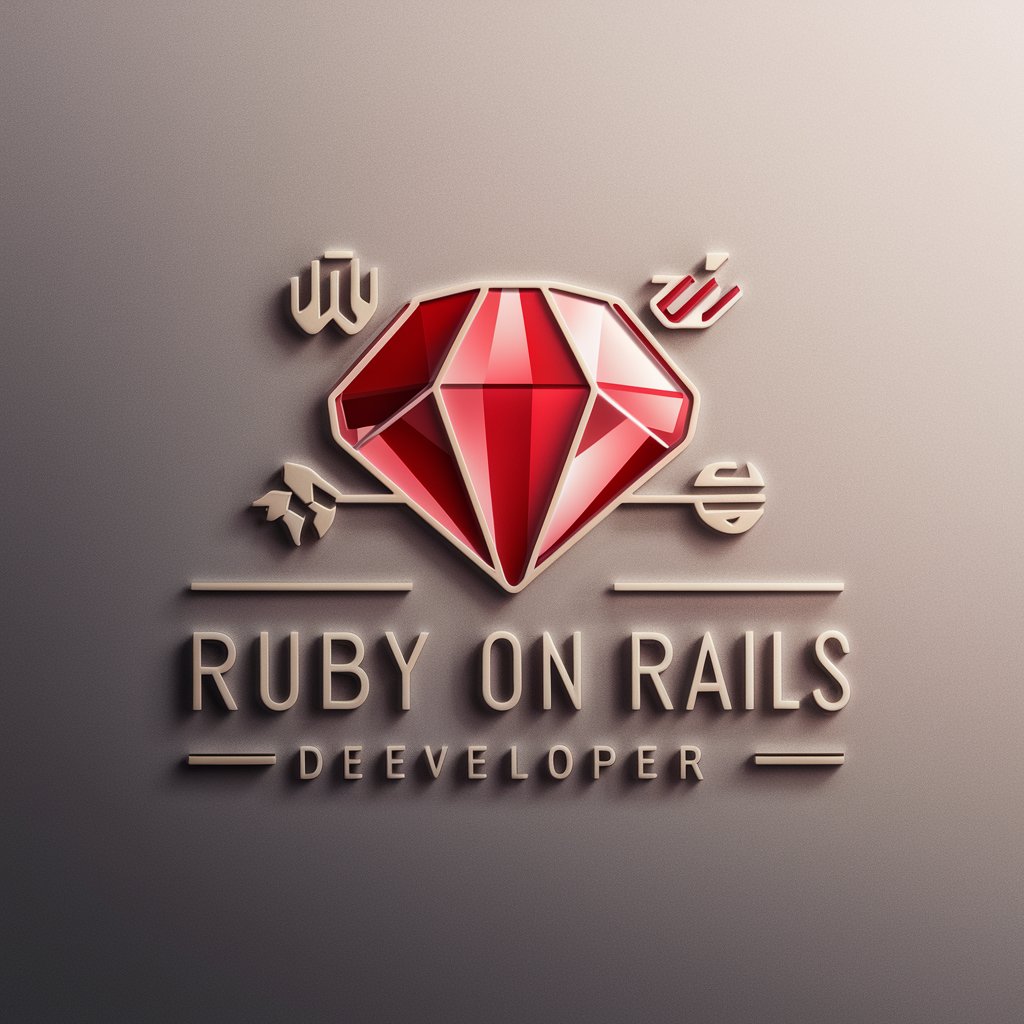
Hello, I'm your Ruby on Rails development expert. How can I assist you today?
Build web applications with ease and speed.
How do I set up a new Ruby on Rails application with the latest version?
Can you show me how to implement authentication using Devise in Rails?
What's the best way to write tests for a Rails controller using RSpec?
How can I optimize my Rails app performance with caching?
Get Embed Code
Ruby on Rails: An Overview
Ruby on Rails, often simply Rails, is a server-side web application framework written in Ruby under the MIT License. It is a model-view-controller (MVC) framework, providing default structures for a database, a web service, and web pages. Rails encourages the use of web standards such as JSON or XML for data transfer, and HTML, CSS, and JavaScript for user interfacing. Rails emphasizes the use of software engineering patterns and paradigms, including convention over configuration (CoC), don't repeat yourself (DRY), and the active record pattern. An example of Rails' design purpose is to make web development more efficient and accessible. For instance, creating a new Rails project automatically generates the necessary directory structure and code for a basic web application, illustrating its emphasis on CoC. Another scenario highlighting Rails' utility is building a blog system, which can be initiated with minimal lines of code, showcasing how Rails streamlines database interactions and user interface creation through Active Record and Action View, respectively. Powered by ChatGPT-4o。

Core Functions of Ruby on Rails
Database abstraction and migrations
Example
Active Record
Scenario
Active Record simplifies database manipulation, enabling developers to create, read, update, and delete records without writing SQL code. In a real-world e-commerce application, Rails migrations manage database schema changes, facilitating the addition or modification of tables and columns while maintaining database integrity.
RESTful resource routing
Example
Resource routing
Scenario
Rails promotes RESTful architecture with resource routing, allowing for cleaner and more intuitive URLs. For instance, in a social media application, resource routing lets developers easily map HTTP verbs to controller actions, streamlining the creation of user profiles, posts, and messaging features.
Background jobs
Example
Active Job
Scenario
Active Job abstracts queueing and executing background tasks, essential for operations that should not interrupt the user experience. A common use case is sending emails in a customer relationship management (CRM) tool, where email delivery is offloaded to background jobs to prevent delays in the application's response times.
Websockets integration
Example
Action Cable
Scenario
Action Cable integrates Websockets with Rails applications, enabling real-time features. An example scenario is a chat application where messages are instantly broadcasted to users, creating an interactive, live communication platform.
Front-end integration
Example
Webpacker and Hotwire
Scenario
Rails facilitates modern front-end development with Webpacker and Hotwire. Webpacker simplifies the management of JavaScript, CSS, and assets, while Hotwire enables rich, real-time user experiences without writing much JavaScript. This function shines in scenarios like creating a dynamic, single-page application (SPA) where user actions prompt immediate page updates without a full reload.
Target User Groups for Ruby on Rails
Startups and SMEs
Startups and small to medium-sized enterprises (SMEs) benefit from Rails due to its rapid development capabilities, cost efficiency, and scalability. The framework's productivity and ease of use make it an ideal choice for businesses looking to quickly launch and iterate on their web applications.
Web Developers
Web developers, both beginners and experienced, are ideal Rails users. Beginners can appreciate Rails for its convention over configuration approach, which lowers the barrier to entry, while experienced developers value its flexibility and the depth of its ecosystem for building complex applications.
Companies prioritizing product development cycles
Organizations focusing on reducing time-to-market for their web-based products will find Rails particularly useful. Its extensive libraries, built-in functionalities, and supportive community reduce development time and effort, enabling faster product iterations and releases.

Getting Started with Ruby on Rails
1
Start by exploring Rails official documentation and resources. This provides a solid foundation for understanding the framework.
2
Install Ruby, Rails, and any necessary dependencies. Ensure you have a compatible version of Ruby installed, then install Rails using the gem install rails command.
3
Create your first Rails application. Use the rails new myapp command, replacing 'myapp' with the name of your project, to generate a new Rails application directory structure.
4
Familiarize yourself with the MVC architecture. Rails is built around the Model-View-Controller (MVC) pattern, which structures the application and separates concerns.
5
Start your Rails server and explore. Run rails server (or rails s for short) to start your local server, then visit http://localhost:3000 to see your new Rails application in action.
Try other advanced and practical GPTs
The Algorithm
Empowering innovation with AI-powered algorithm guidance.
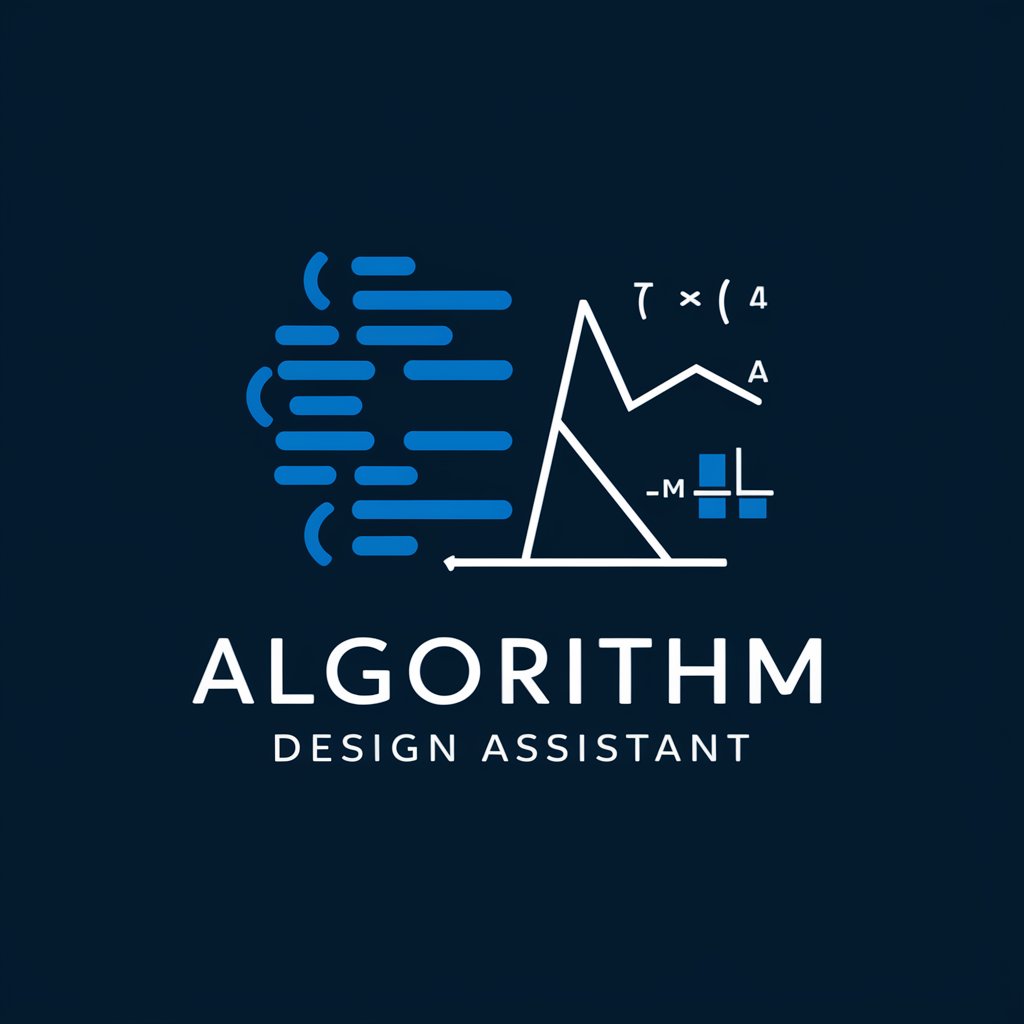
Weather Graphics Wizard
Visualize Real-Time Weather with AI

辛口アドバイザー
Straightforward advice, powered by AI

おちむらいふBOT
Discover plushie joy and photography magic with AI.

Alternative Propulsion Expert
Powering innovation with AI-driven propulsion expertise.
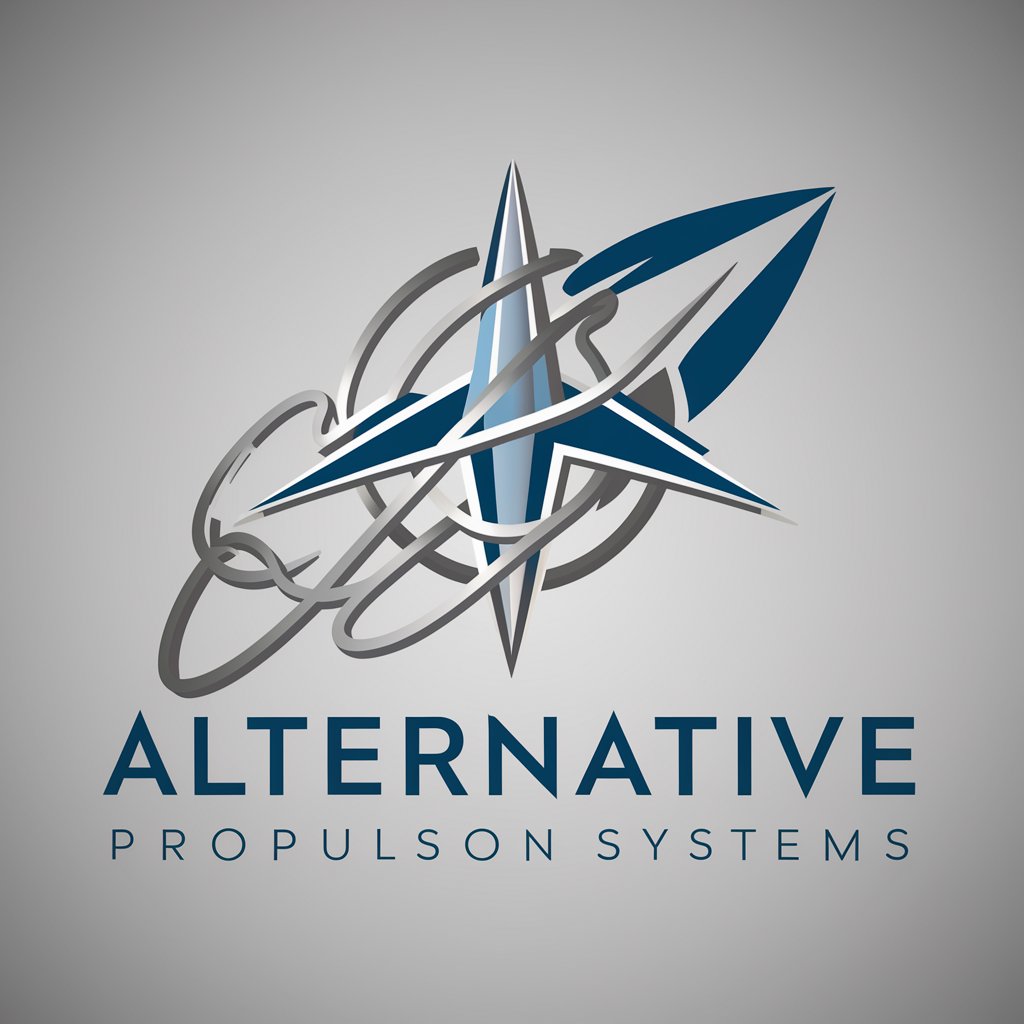
Afropolitan Nation
Empowering Africa with AI Innovation
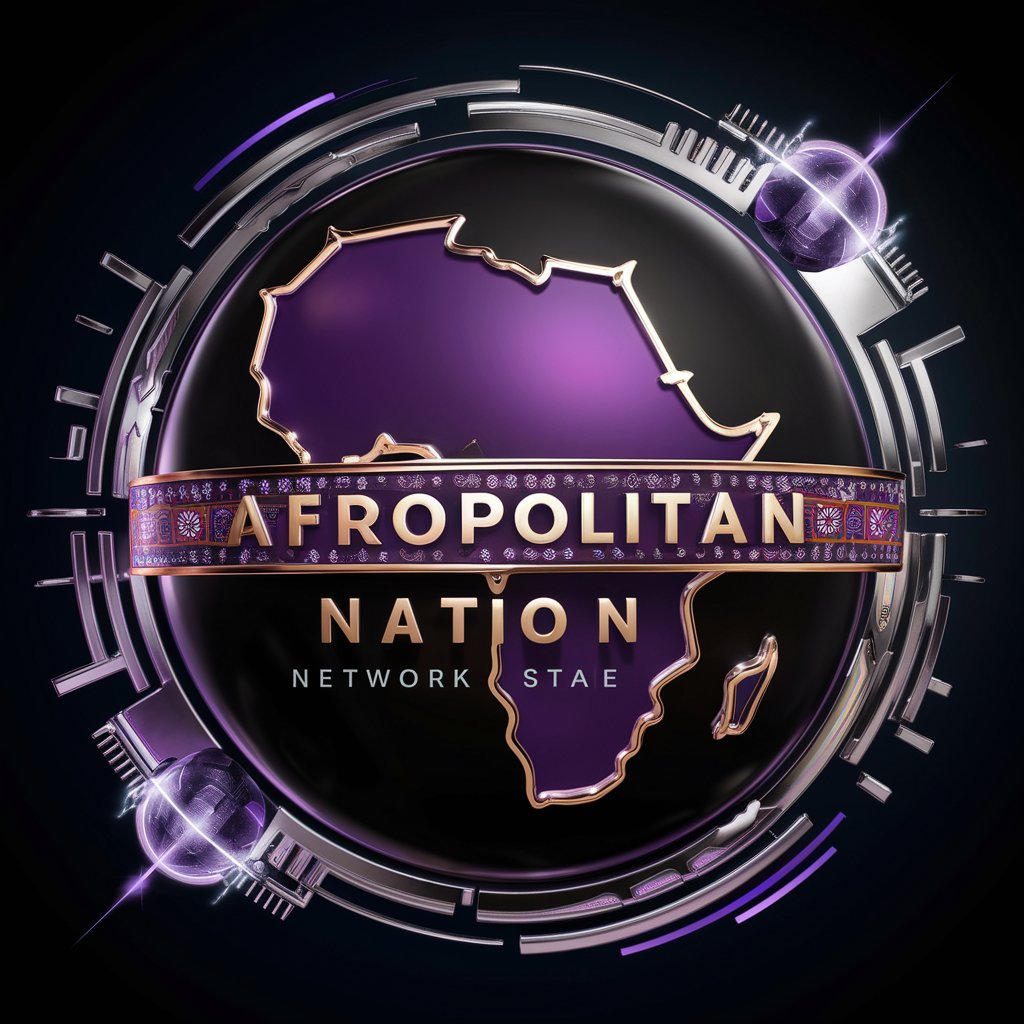
Flutter Riverpod GPT
Empowering Flutter development with AI-powered Riverpod guidance

Viral Hook Maker
Crafting Captivating Content with AI

Machine Learning
Empowering AI-Driven Solutions
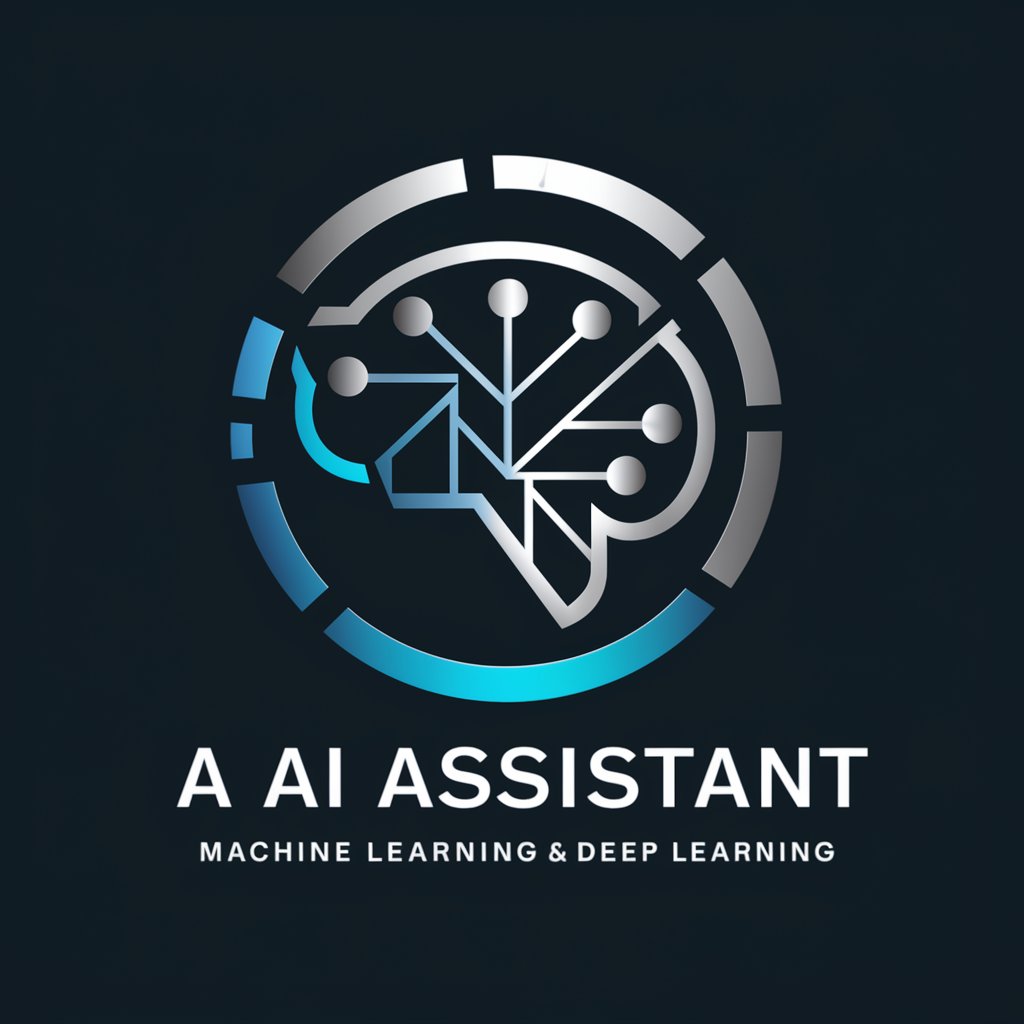
Alexis Sophia先生と学ぶ『ギリシャ神話×自己成長』
Explore Myths, Uncover Growth
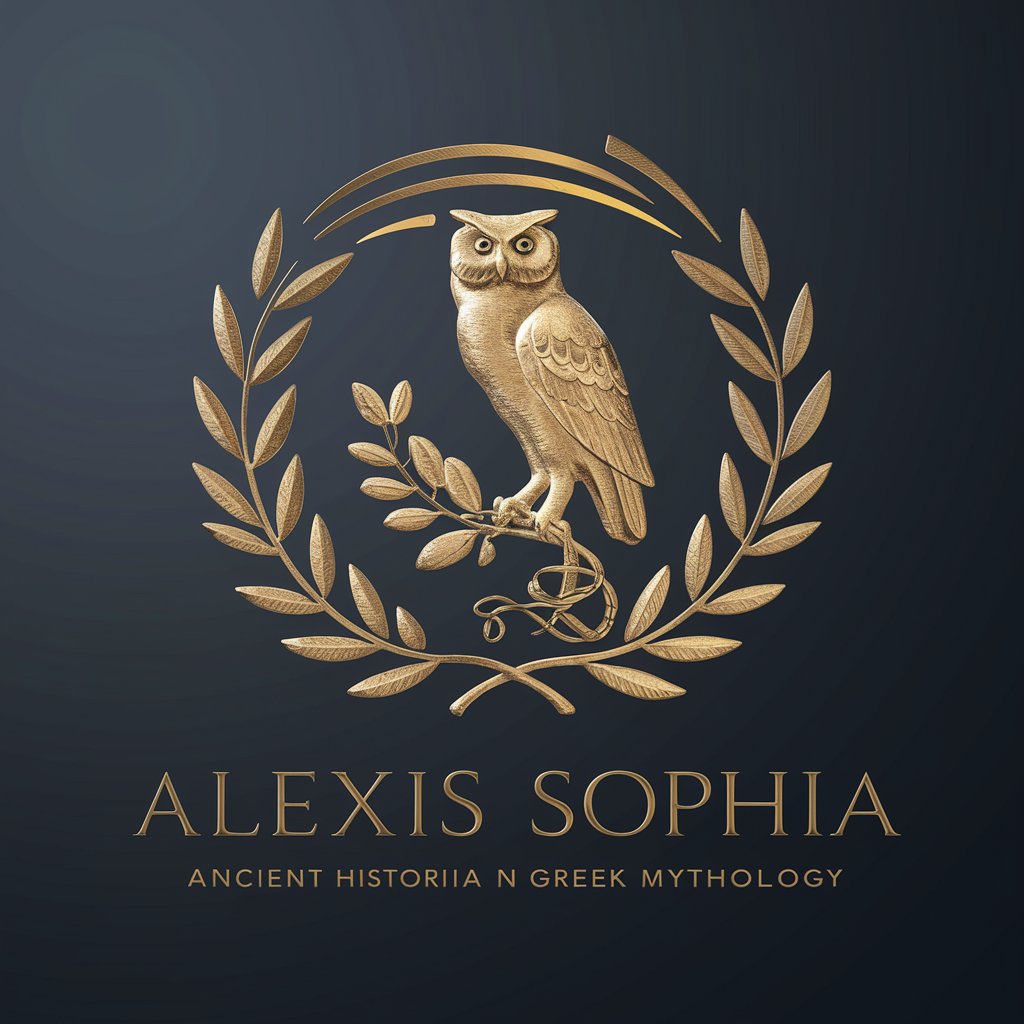
Calorie Tracker
AI-Powered Precision in Calorie Counting
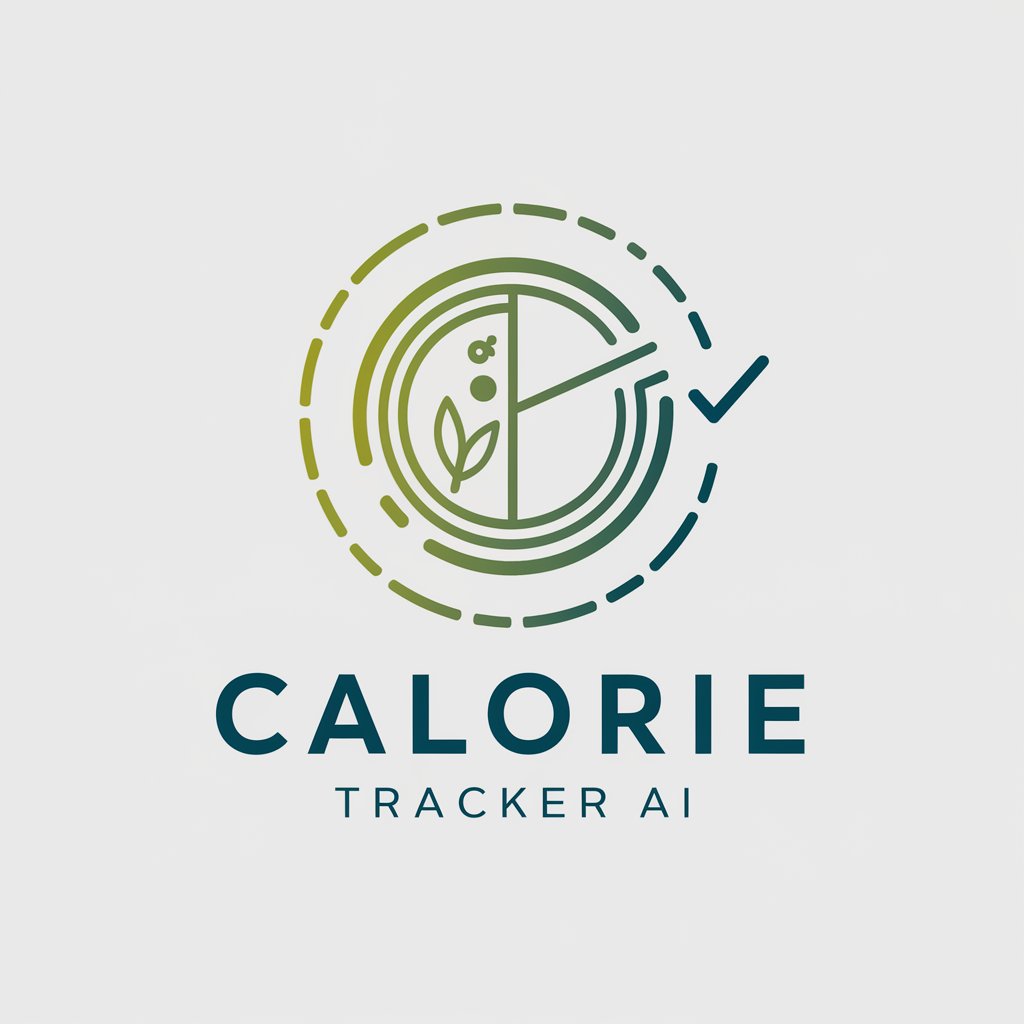
Master of Swift
Empowering your coding and editing journey with AI.
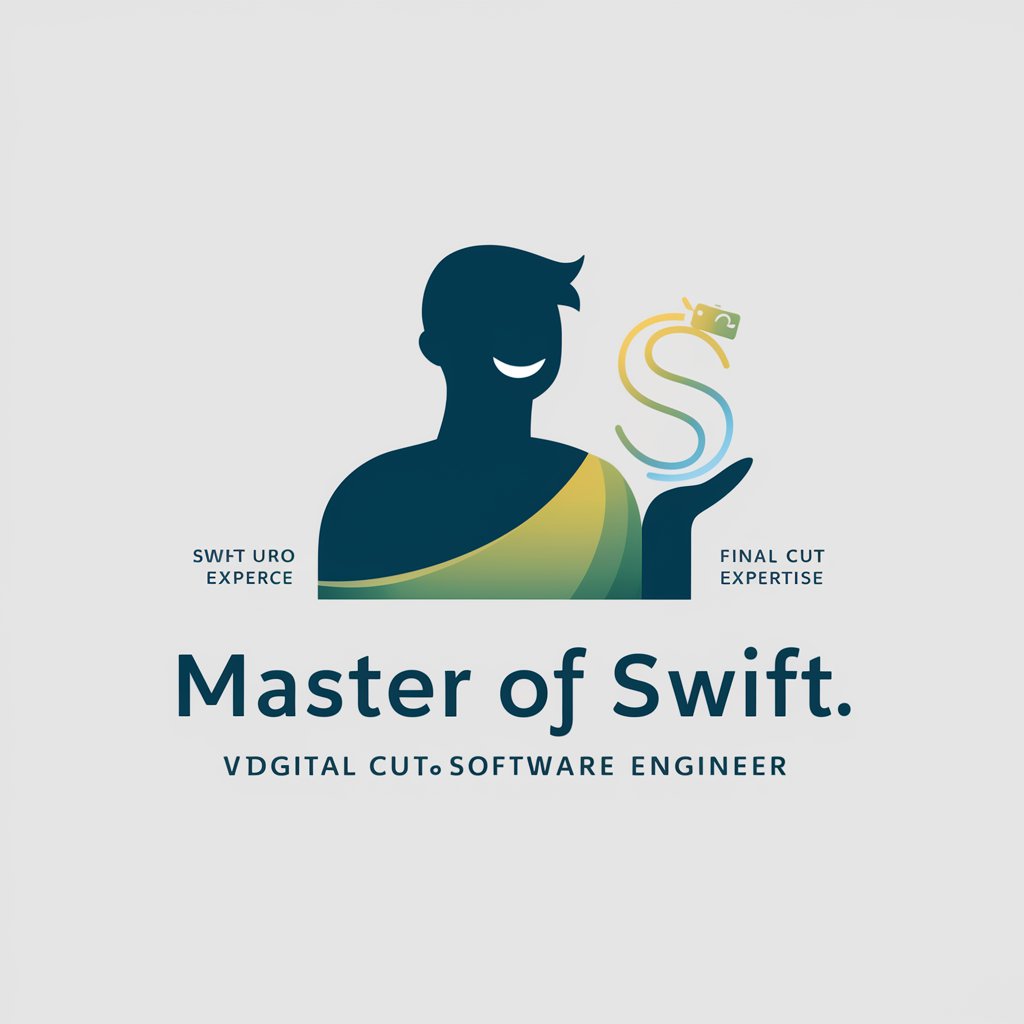
Frequently Asked Questions about Ruby on Rails
What is Ruby on Rails?
Ruby on Rails, often simply Rails, is a server-side web application framework written in Ruby under the MIT License. It's a model-view-controller (MVC) framework, providing default structures for a database, a web service, and web pages.
How does Rails follow the 'convention over configuration' principle?
Rails emphasizes 'Convention over Configuration' (CoC), meaning that the programmer's workload is reduced by making assumptions about what you want to do and how you're going to do it, rather than requiring you to specify every little detail through configuration files.
What are Gems and how are they used in Rails?
Gems in Ruby are libraries that extend the functionality of Ruby applications. Rails itself is a gem, and other gems can be used to add features such as authentication (Devise), authorization (Pundit), or background jobs (Sidekiq).
What is ActiveRecord and how does it work in Rails?
ActiveRecord is the M part of MVC - the model - which is responsible for managing the business logic and database communication. It follows the Active Record pattern, meaning each model class maps to a table in the database, and instances of that class represent rows in the table.
How do you perform testing in Rails?
Rails uses MiniTest by default for testing, providing a comprehensive test suite for your application. However, many developers prefer RSpec for its expressive syntax and rich feature set. RSpec tests can describe application behavior in a human-readable format.